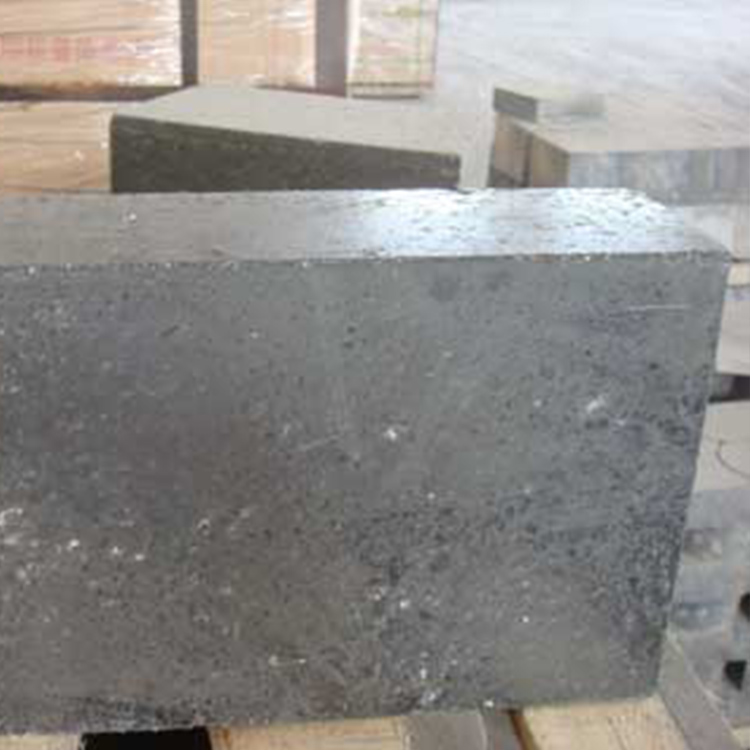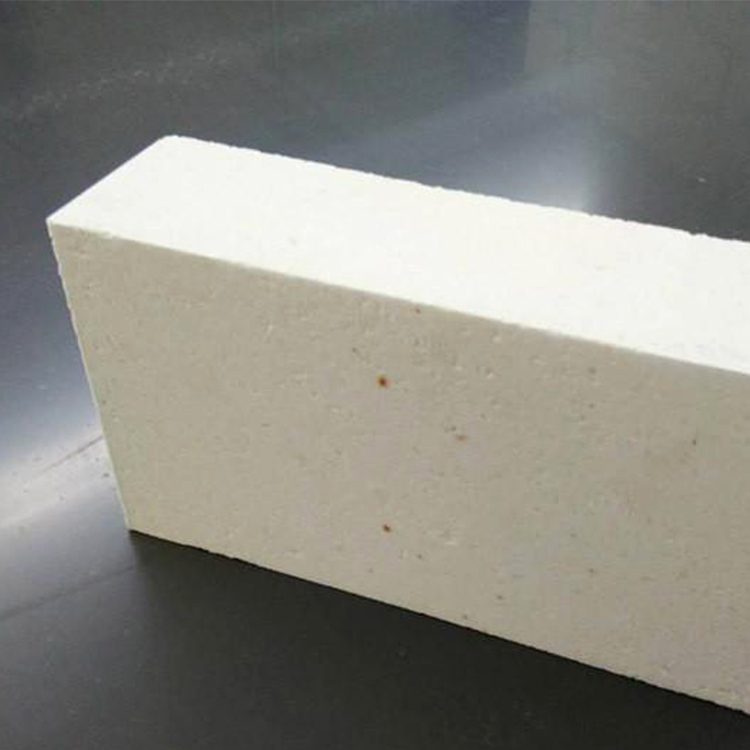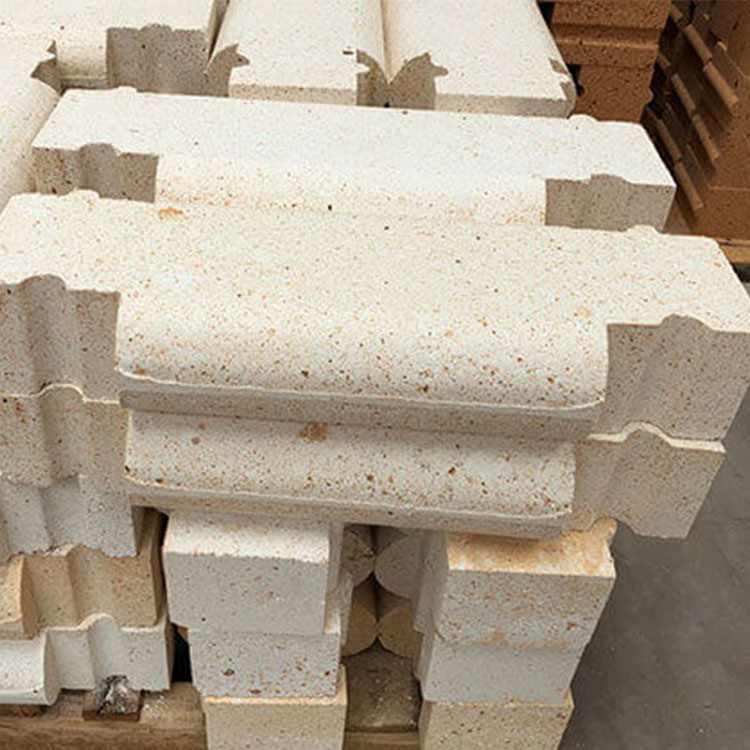Evaluating Thermal Shock Resistance to Prevent Refractory Lining Cracks: A Scientific Approach for High-Temperature Fluctuations
31 08,2025
Tutorial Guide
In the steel industry, refractory bricks frequently suffer cracks in furnace linings due to inadequate thermal shock resistance under rapid high-temperature variations, leading to reduced production efficiency and shortened equipment lifespan. This article thoroughly explores essential performance indicators for refractory bricks, including cold modulus of rupture, high load softening temperature, creep resistance, and thermal shock resistance. By examining typical rapid temperature change scenarios, it provides a scientific evaluation framework for their stability and performance. Additionally, it discusses advanced manufacturing techniques and optimized material selection strategies designed to minimize furnace downtime and enhance smelting efficiency. This guide aims to equip technical specialists and decision-makers with practical assessment methods and insights to foster technological leadership and competitive advantages in the refractory materials market.

Evaluating Refractory Bricks’ Thermal Shock Resistance in High-Temperature Steelmaking Furnaces
In the steel industry, refractory bricks endure extreme conditions, withstanding rapid temperature fluctuations that often cause thermal shock-induced cracking. This damage not only shortens furnace lining lifespan but disrupts production efficiency and elevates maintenance costs. Here, we explore critical performance parameters of refractory bricks—cold crushing strength, hot load softening temperature, creep resistance, and thermal shock resistance—and their impact on furnace stability under rapid thermal cycling.
Key Performance Indicators for Refractory Bricks in Rapid Temperature Fluctuation Environments
Understanding refractory material behavior requires in-depth knowledge of several physical properties:
- Cold Crushing Strength (CCS): Measures mechanical integrity under compressive loads at room temperature. Typical high-quality bricks exhibit CCS values above 70 MPa, indicating resilience against mechanical stress during handling and operation.
- Hot Load Softening Temperature: The temperature at which the refractory brick begins to deform or soften under load, usually above 1600°C for premium red spinel and mullite bricks, ensuring stability during peak furnace temperatures.
- Creep Resistance: Reflects the material’s ability to resist slow deformation under constant high-temperature stress—vital for long campaigns in continuous operation.
- Thermal Shock Resistance (TSR): The capacity to withstand rapid temperature changes without cracking, typically evaluated via repeated quenching and heating cycles. A TSR above 30 cycles is considered excellent for steel industry applications.
Impact of These Parameters on Furnace Lining Life and Process Stability
Many steelmakers face premature lining failures caused by inadequate thermal shock resistance amid fluctuating furnace workloads. For example, blast furnaces and electric arc furnaces often experience abrupt heating and cooling cycles, resulting in microcracks that propagate into severe fractures.
Cold Crushing Strength guarantees the refractory bricks withstand physical stresses during furnace tapping and maintenance. Meanwhile, high hot load softening temperatures maintain structural integrity during intense thermal exposure.
Creep resistance reduces deformation risks during prolonged holding at elevated temperatures, while superior thermal shock resistance directly correlates with fewer unplanned outages due to lining damage.
| Performance Property |
Typical Value |
Relevance to Furnace Operation |
| Cold Crushing Strength (MPa) |
70-100 |
Ensures mechanical durability during routine stresses |
| Hot Load Softening Temperature (°C) |
>1600 |
Maintains shape and strength under peak operating conditions |
| Creep Resistance (mm/50h at 1500°C) |
<0.1 |
Minimizes deformation over long-term high-temperature exposure |
| Thermal Shock Resistance (cycles) |
30+ |
Resists cracking from rapid temperature changes |
Advanced Manufacturing Techniques and Material Selection Strategies
Innovations in refractory brick manufacturing play a pivotal role in enhancing their thermal shock resistance and overall durability.
Critical approaches include:
- Optimized Material Composition: Incorporating high-purity red spinel and corundum blends to strengthen structural bonding and reduce thermal expansion mismatches.
- Controlled Firing Processes: Precise temperature profiles during kiln firing to improve crystal phase development, enhancing mechanical strength and thermal stability.
- Microstructure Engineering: Utilizing nano-scale additives and grain size control to create crack-arresting microstructures that mitigate thermal stress impact.
Together, these techniques result in refractory bricks capable of sustaining over 30% improvement in thermal shock resistance, directly translating to extended maintenance intervals and more reliable furnace operation.

Operational Benefits of Selecting High-Performance Refractory Bricks
Deploying refractory bricks optimized for rapid thermal cycling significantly reduces unplanned downtime caused by lining failures. For steel manufacturing operations, this translates to:
- Up to 25% reduction in heat-related furnace stoppages.
- Extension of lining lifetime by 15-20%, improving return on investment on furnace relines.
- Lowered maintenance and repair costs due to fewer incidents of brick cracking and fallouts.
- Improved safety and process stability, ensuring consistent product quality.
Case studies from leading steel enterprises show that investing in superior refractory bricks pays dividends within a single furnace campaign cycle, reinforcing the value of methodical performance evaluation before procurement decisions.

Evaluating Refractory Bricks: A Stepwise Approach for Technical Teams
For technical teams and decision-makers aiming to optimize furnace linings, adhering to a structured evaluation protocol is essential:
- Performance Testing: Conduct rigorous laboratory evaluations of CCS, hot load softening, thermal shock resistance, and creep behavior using standardized ASTM and ISO methods.
- Simulation Under Realistic Conditions: Model rapid temperature cycles matching furnace operating profiles to predict performance and degradation timelines.
- Material Selection: Align material grades with specific furnace requirements, balancing cost and operational demands.
- Continuous Monitoring: Implement in-situ inspection and thermal imaging to detect early cracking signs and inform preventive maintenance.

Discover more about comprehensive thermal shock resistance testing standards






